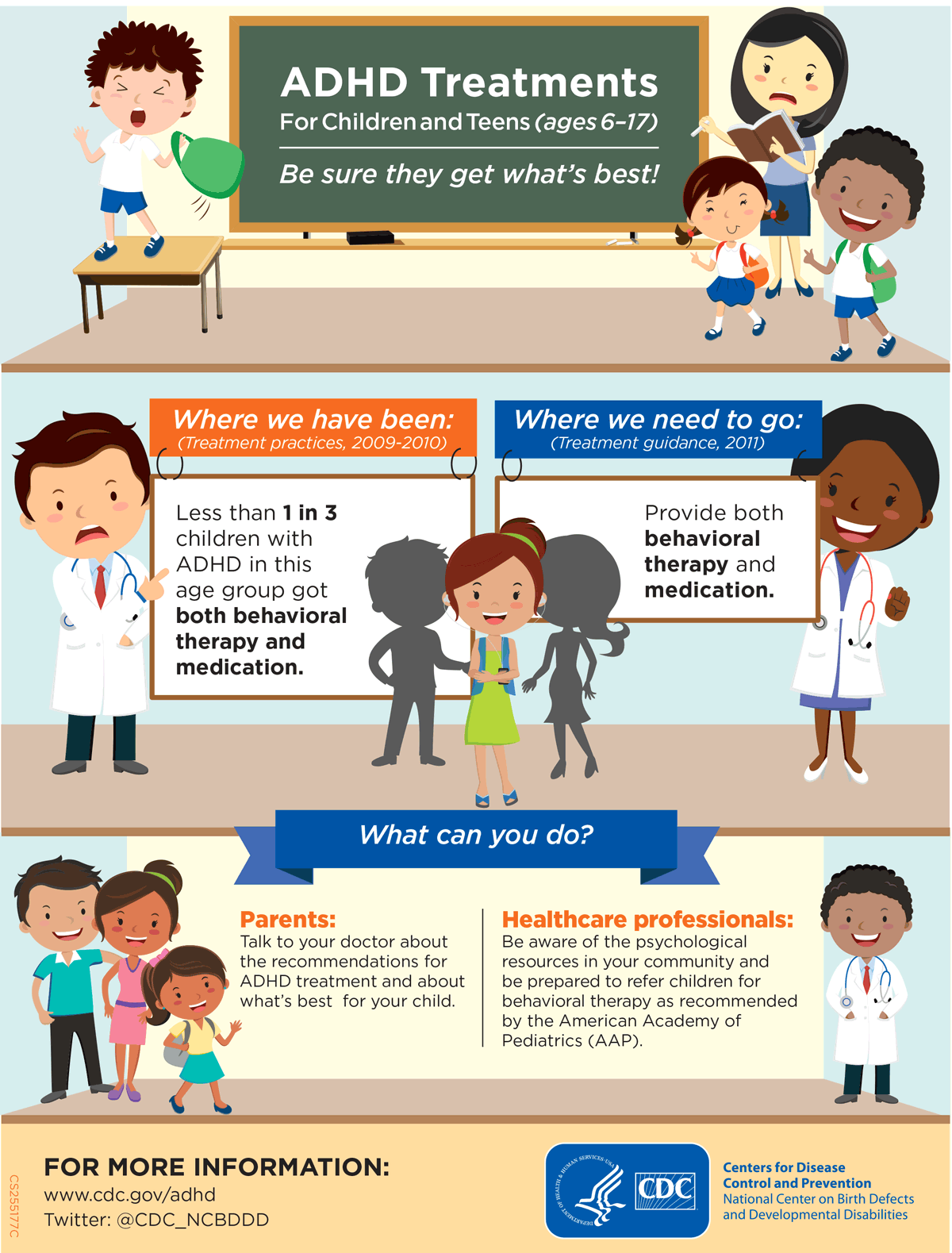
This type of ADHD can be the easiest to spot, as people with combined ADHD display hyperactivity or impulsivity (i.e. In order to be diagnosed with combined ADHD, someone must exhibit six symptoms from each of the other presentations. This presentation involves symptoms from both inattentive and hyperactive-impulsive types. The other presentation of ADHD that bears many similarities to the inattentive presentation is the combined presentation. According to Healthline, a study showed that 62% of adults with ADHD had the combined type, 31% had the predominantly inattentive type, and only 7% had the hyperactive-impulsive type. Though this presentation might seem more common due to the stereotypes surrounding ADHD, hyperactive ADHD is rarer than you may think.

Inability to keep their thoughts to themselves, issues with interrupting people or blurting things out.Running around or being active in inappropriate situations (may look like excessive restlessness in adults).

These symptoms are also much more disruptive in a classroom or work setting, making this type of ADHD more noticeable. These are what many people expect to see when they think of someone with ADHD. ADHD SymptomsĪDHD as it’s separate from what was considered ADD is predominantly hyperactive-impulsive and combined presentation. Because of this, many people with inattentive ADHD are not diagnosed or referred for ADHD treatment, though it can affect performance in school and work just as much as other presentations. These symptoms are much less obvious to the untrained eye than other presentations of ADHD. Disorganization, both with their spaces and activities lacking time management skills.Putting off tasks that require large amounts of mental energy for an extended period.Easily distracted by their surroundings.Failure to follow through on tasks or finish projects on time.Seeming not to listen, gets lost in their own head.Lacking attention to detail, tendency to make simple mistakes.Some of the symptoms specific to inattentive ADHD include: Inattentive symptoms that used to be classified as ADD are just as common as the other presentations of ADHD, though they tend to be seen more often in women and girls with ADHD. ADHD symptoms vary across presentations, so not every case of ADHD will look similar. Though ADHD and ADD are essentially one in the same, inattentive ADHD/ADD has symptoms that are distinct from other types of ADHD. That being said, here is a layout of the differences between what people might mean when they say ADD and the other forms of ADHD, as well as the reasoning behind combining them into one term.

This is why, in a formal sense, ADD is no longer a relevant term. Though there is a difference between inattentive ADHD or ADD and the other forms of ADHD, they are all considered ADHD. Hyperactive and combined ADHD are what most people think of as “typical” ADHD, which is where the distinction between what was considered ADD and the more hyperactive types of ADHD comes in. There are multiple subtypes of ADHD: inattentive ADHD, hyperactive ADHD, and combined inattentive and hyperactive ADHD. Attention-deficit disorder (ADD) refers to people who have a specific type of ADHD (attention-deficit/hyperactivity disorder) called inattentive type ADHD.

The difference between ADD and ADHD confuses many people-largely because there really isn’t a difference. At some point, you may have heard someone talk about ADD and wondered, “Is that the same thing as ADHD, or is it something else?”


 0 kommentar(er)
0 kommentar(er)
